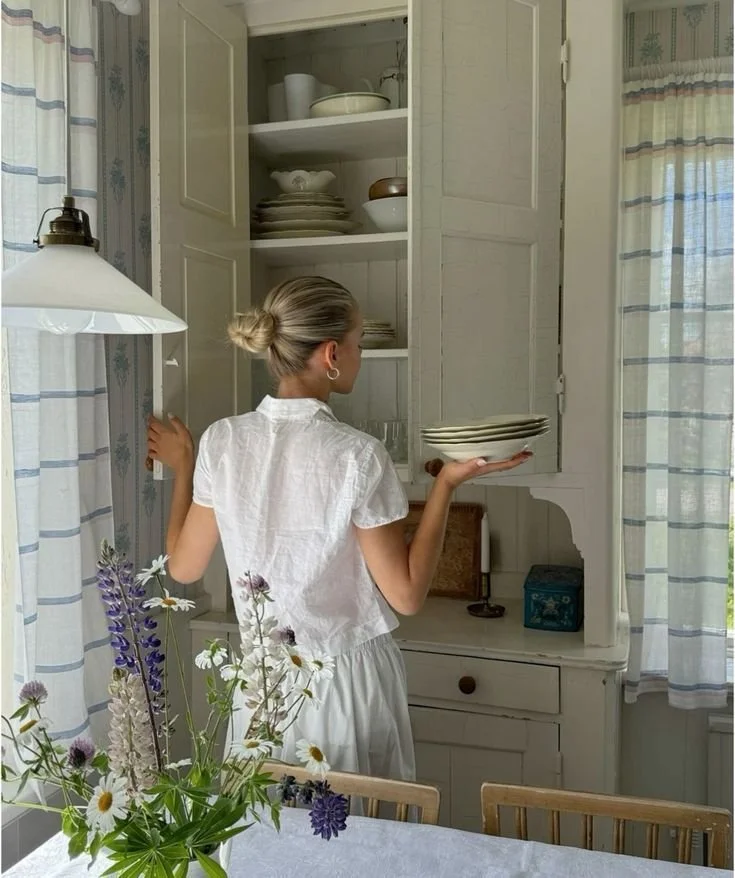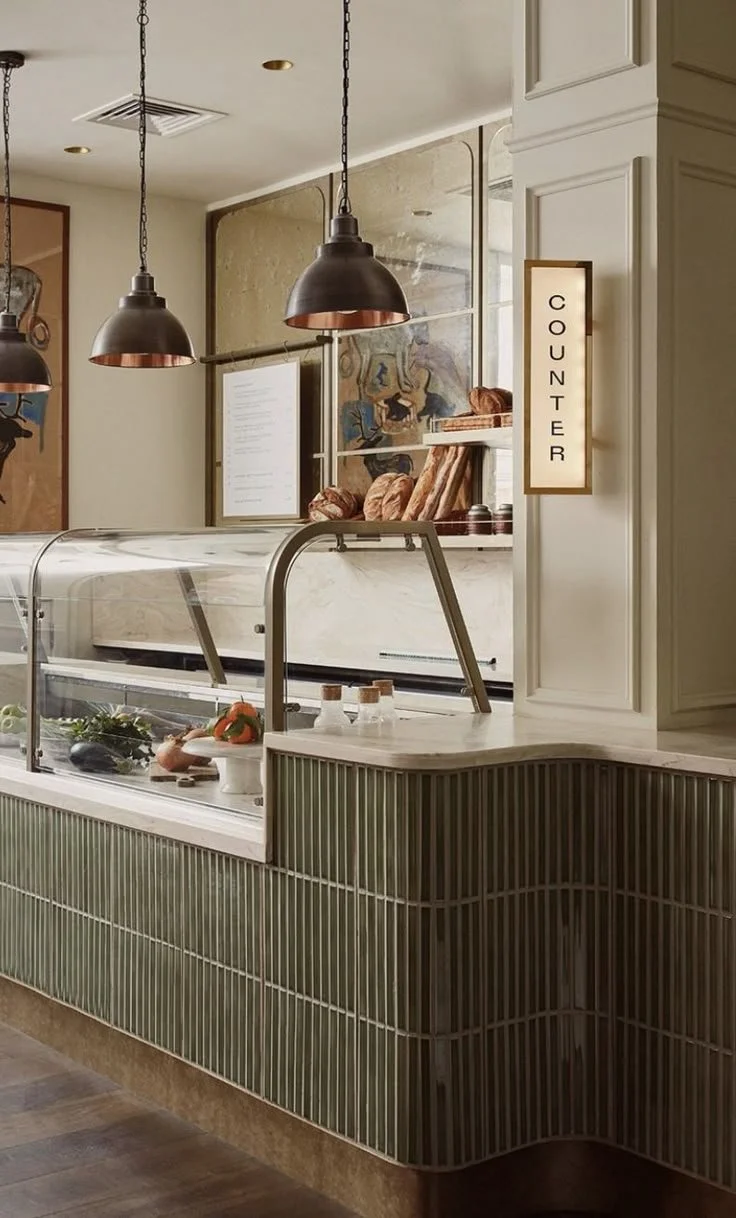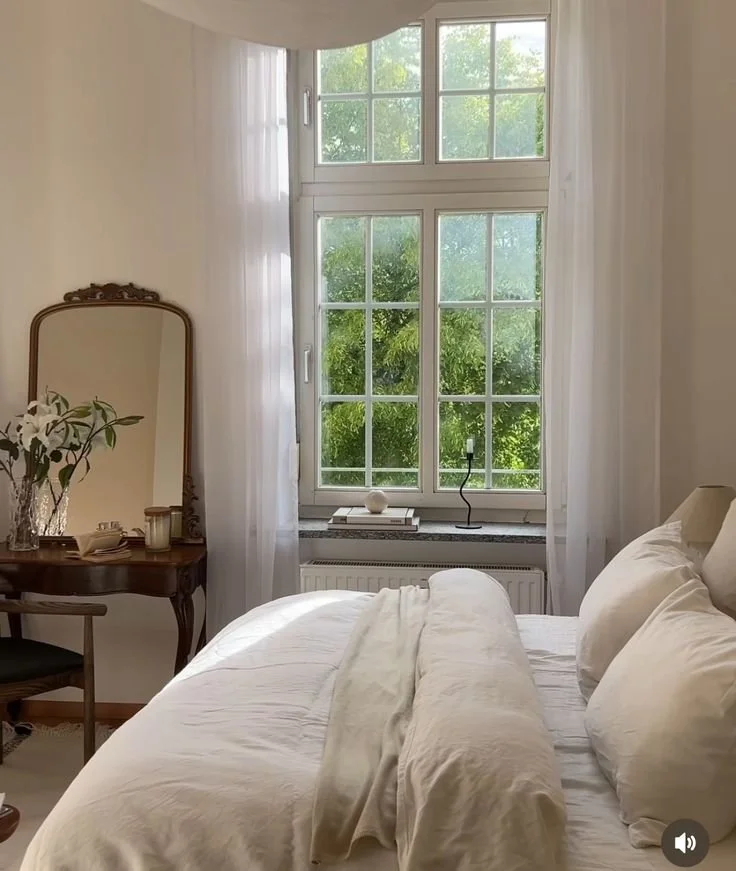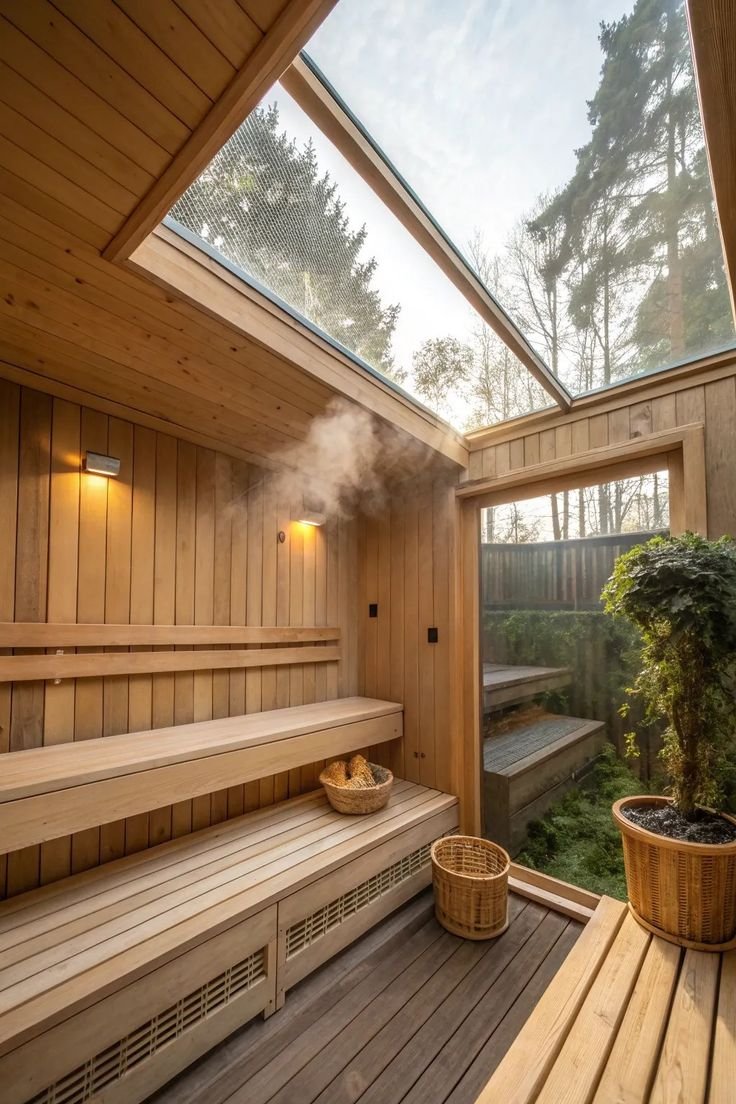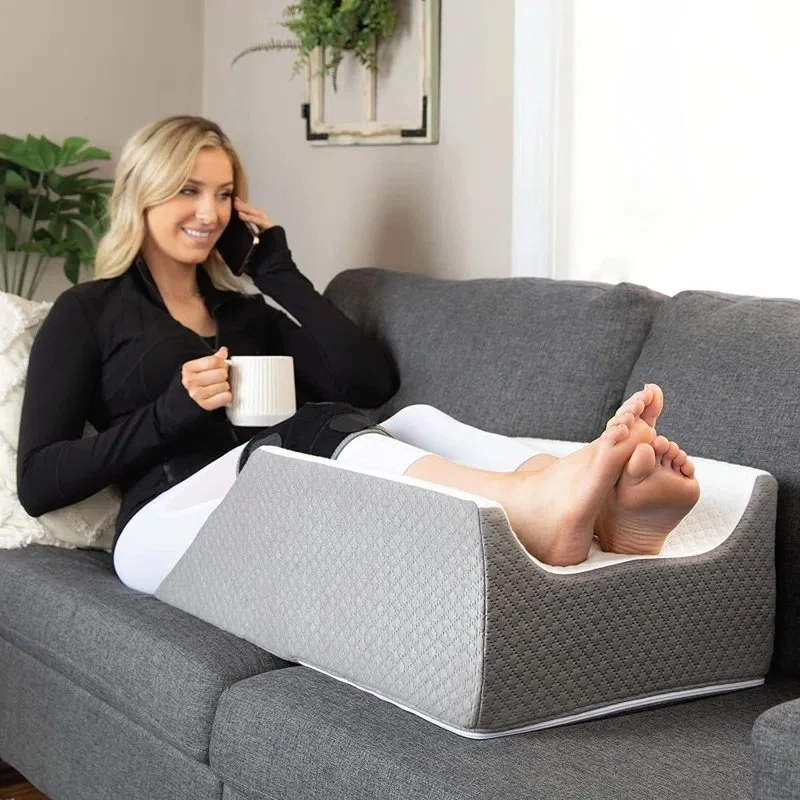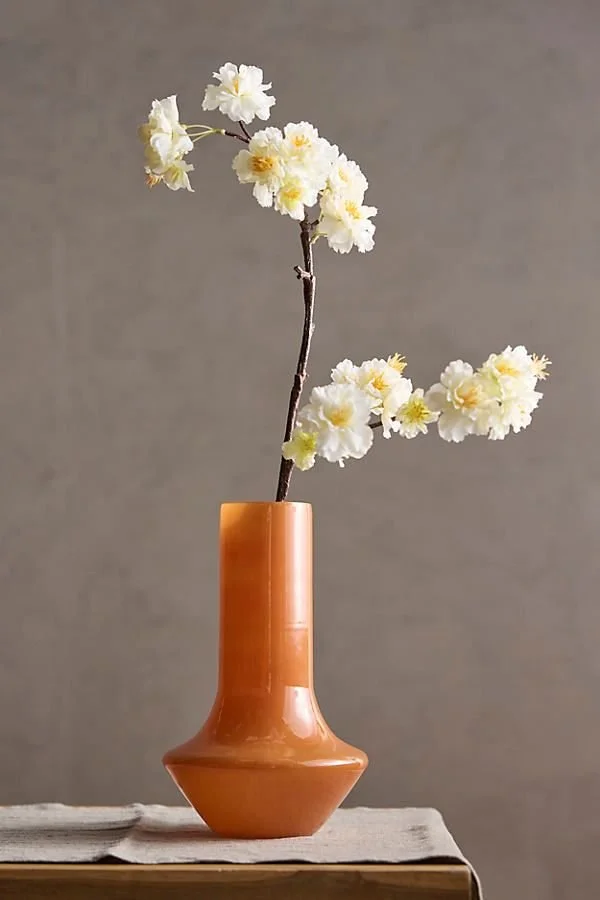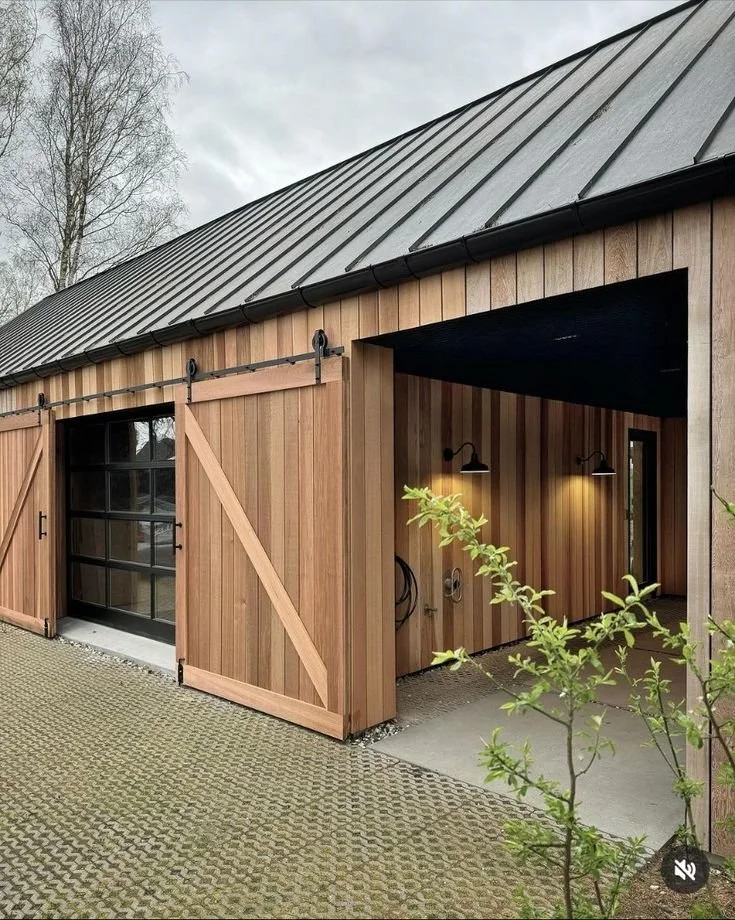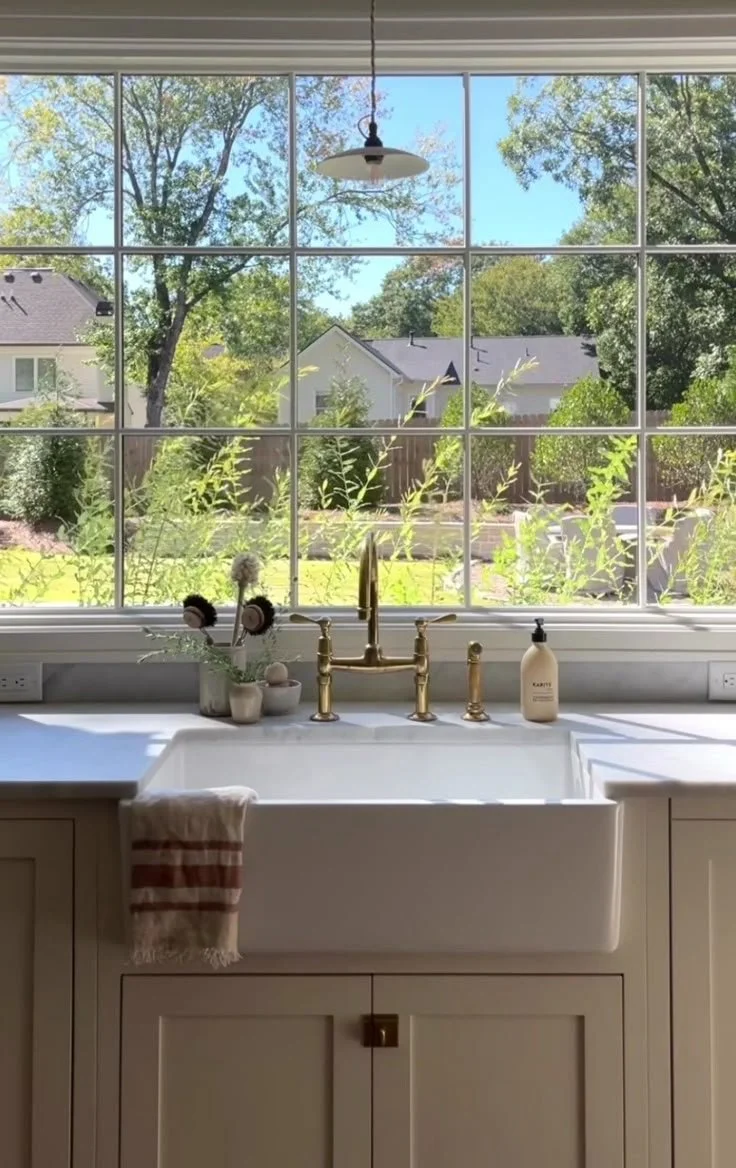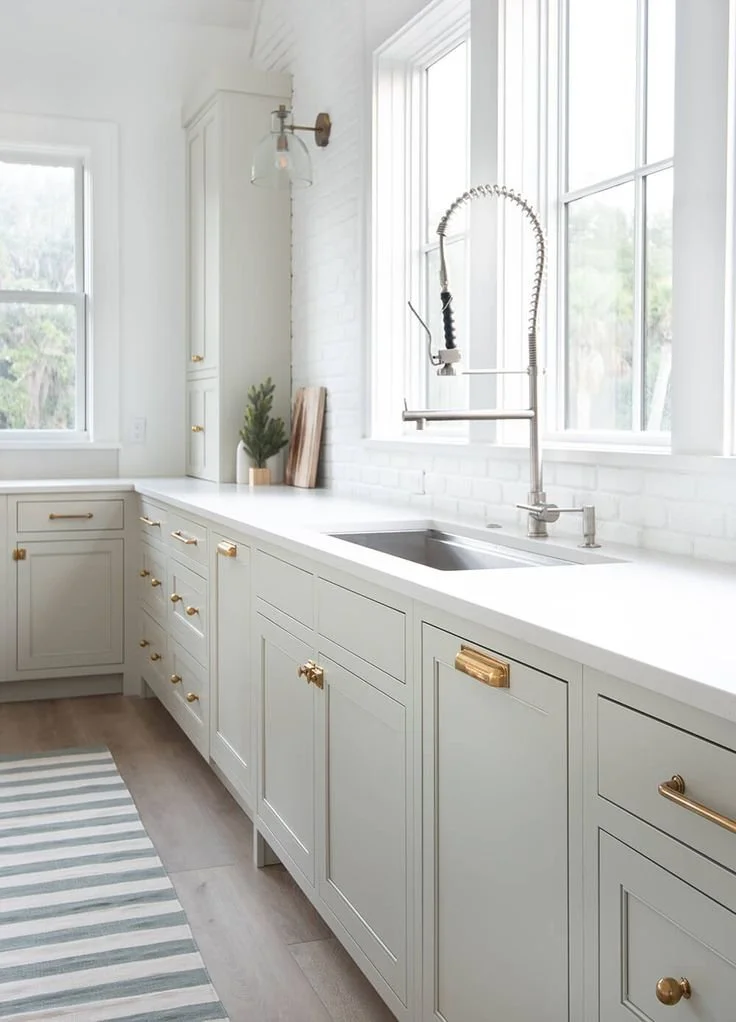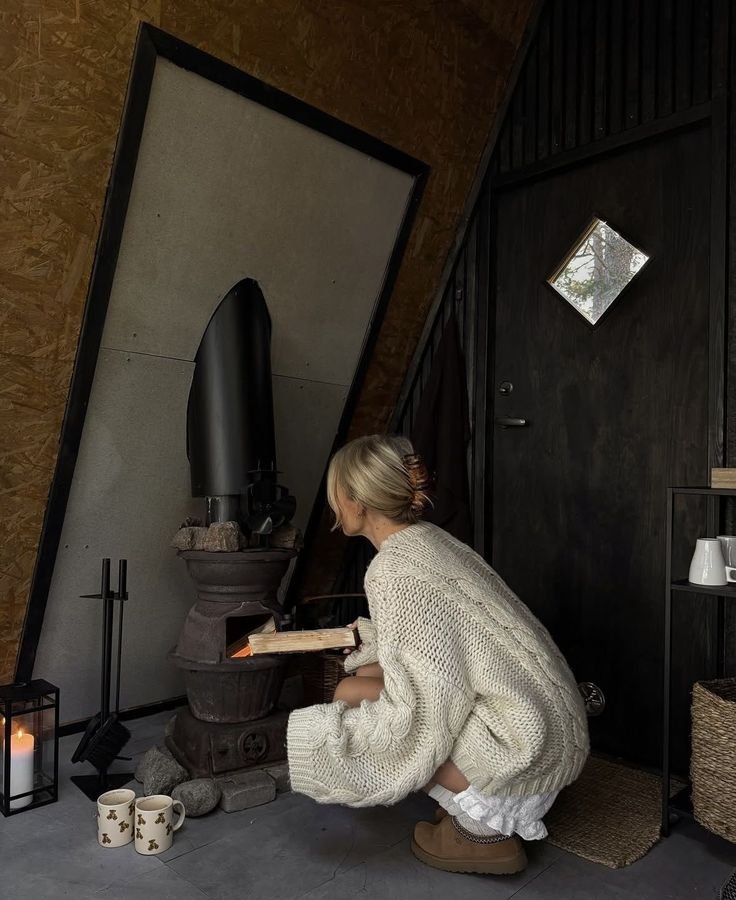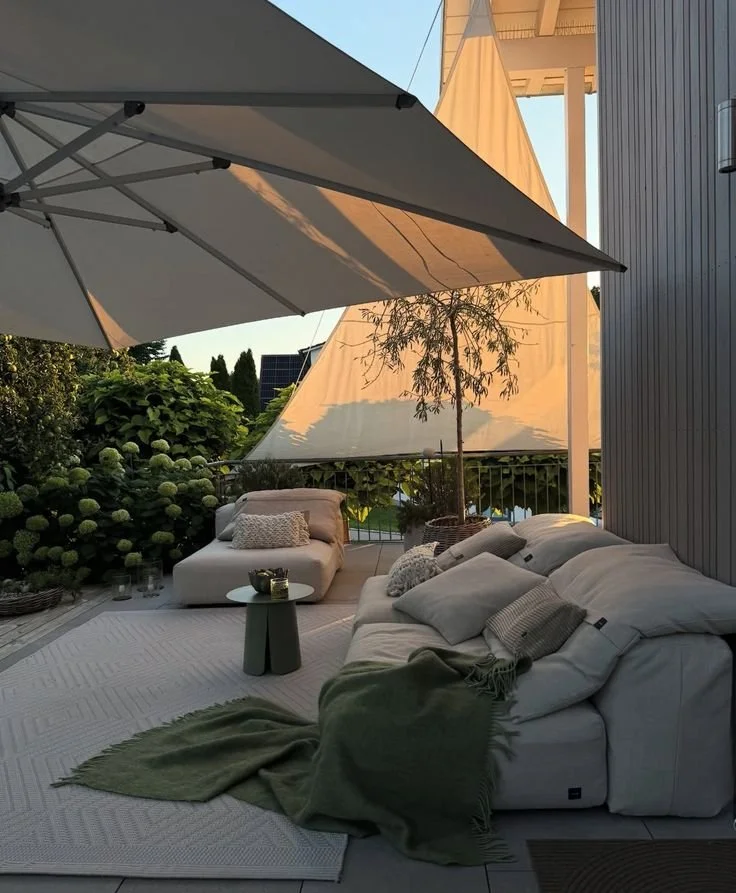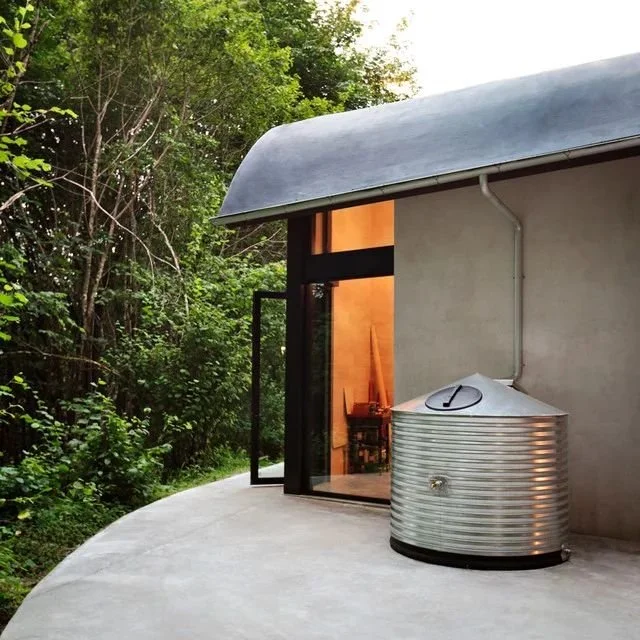Finding affordable car insurance in places like Houma, Louisiana, can sometimes feel like a daunting task, especially with fluctuating rates influenced by factors like local weather patterns and regional risks. However, with the right strategies and a bit of research, you can secure the coverage you need without breaking the bank. Whether you're a long-time resident or new to the area, in this article, we share tips that will help you find the best possible deal on car insurance in Houma.
No. 1
Shop Local for Better Deals
One of the best ways to find affordable Car Insurance Houma LA is by working with local insurance agents. Unlike large national providers, local agents are often more familiar with the specific needs of drivers in the region.
They may also offer personalized service and exclusive discounts tailored to the Houma area. When shopping for insurance, don’t hesitate to ask about any local promotions or special discounts that may not be available through larger companies.
Why Shop Local?
Personalized Service: Local agents understand the unique risks and needs of Houma drivers.
Exclusive Discounts: Some local providers may offer region-specific deals.
Community Focus: Supporting local businesses can lead to better customer service and long-term relationships.
No. 2
Take Advantage of Louisiana-Specific Discounts
Every state has its own set of car insurance discounts, and Louisiana is no exception. Drivers in Houma may be eligible for Louisiana-specific discounts that can significantly reduce their premiums.
These discounts may include savings for safe driving, bundling policies, or even vehicle safety features. Make sure to ask your insurance provider about any state-specific discounts you qualify for.
Common Louisiana Discounts
Safe driver Discounts: For maintaining a clean driving record.
Multi-policy Discounts: Bundling auto insurance with home or renters insurance.
Vehicle Safety Discounts: For cars equipped with anti-theft devices or advanced safety features.
No. 3
Maintain a Clean Driving Record
Your driving record plays a crucial role in determining your insurance premiums. Insurance companies are hesitant to insure drivers with a history of risky behavior, as they are more likely to file claims. By maintaining a clean driving record, you can significantly lower your insurance costs. Even minor traffic violations can increase your premiums, so it’s important to drive defensively and avoid accidents.
Tips for a Clean Driving Record
Follow traffic laws: Avoid speeding, running red lights, and other violations.
Drive defensively: Stay alert and anticipate potential hazards.
Avoid accidents: Safe driving habits can prevent costly collisions.
Acorns
Build your safety net with Acorns: Start your emergency fund today and be prepared for unexpected events.
No. 4
Consider Usage-Based Insurance Programs
With the rise of technology in the insurance industry, many companies now offer usage-based insurance (UBI) programs. These programs use telematics devices or mobile apps to monitor your driving habits, such as speed, braking, and mileage. If you’re a safe driver or don’t drive often, UBI programs can reward you with lower premiums based on your actual driving behavior rather than estimated risk.
Benefits of Usage-Based Insurance
Pay for how you drive: Safe drivers can see significant savings.
Ideal for low-mileage drivers: If you don’t drive frequently, you could save even more.
Real-time feedback: Many UBI programs provide insights into your driving habits, helping you improve safety and reduce costs.
No. 5
Review Your Policy Regularly
Life changes, and so should your car insurance policy. Regularly reviewing your coverage ensures that you’re not overpaying for insurance you no longer need or missing out on potential savings. For example, if you’ve recently moved to a different part of Houma, started driving fewer miles, or purchased a new vehicle with advanced safety features, your insurance needs may have changed.
When to Review Your Policy
After moving: Your new location may have different risk factors that affect your premiums.
When buying a new car: Newer cars with safety features may qualify for discounts.
If your driving habits change: Driving fewer miles can lower your insurance costs.
No. 6
Keep an Eye on Your Credit Score
In Louisiana, your credit score can have a significant impact on your car insurance premiums. Many insurers use credit-based insurance scores to assess risk, meaning a low credit score could result in higher premiums. Improving your credit score can help you secure better rates.
How to Improve Your Credit Score
Pay bills on time: Timely payments on credit cards, loans, and other bills can boost your score.
Reduce debt: Keeping your credit card balances low can improve your credit utilization ratio.
Avoid delinquent accounts: Settling any overdue debts can have a positive impact on your score.
A healthy credit score in the US typically falls between 670 and 739, and maintaining a score in this range can help you secure lower insurance premiums.
Takeaways
Securing low-cost car insurance in Houma, Louisiana, may require a bit of extra effort, but the savings are well worth it. By shopping locally, taking advantage of Louisiana-specific discounts, maintaining a clean driving record, and considering usage-based insurance programs, you can significantly reduce your premiums.
Additionally, regularly reviewing your policy and keeping an eye on your credit score will ensure you’re always getting the best possible deal. With these tips, you’ll be well on your way to finding affordable car insurance that meets your needs.
Looking for resources?
At Hello Lovely Living, we aim to empower you to earn and save money and time while benefiting from our expansive network of home, life, wellness, travel, work-from-home, career, and business resources and opportunities. Discover a wealth of tools to support your journey.











